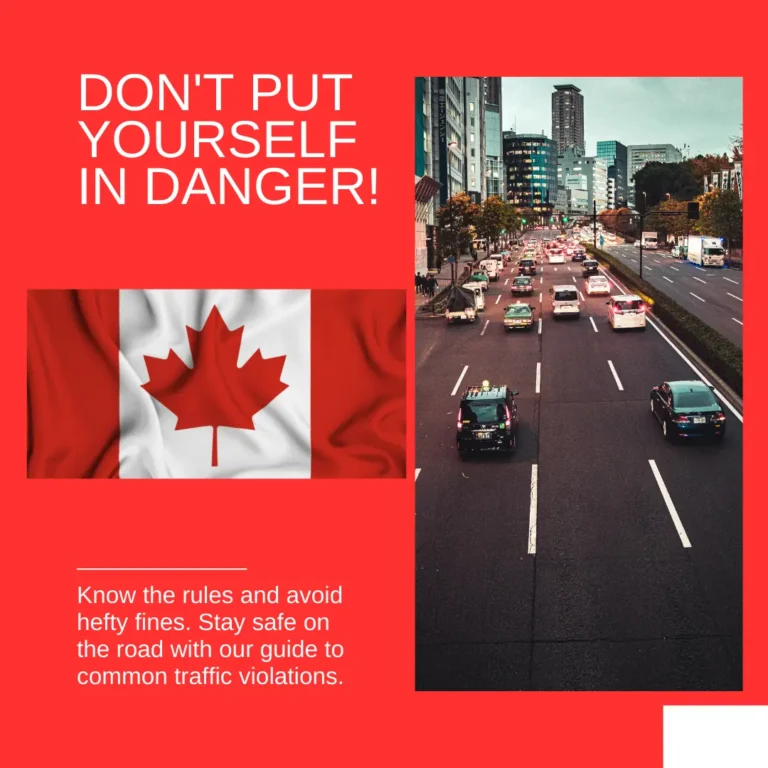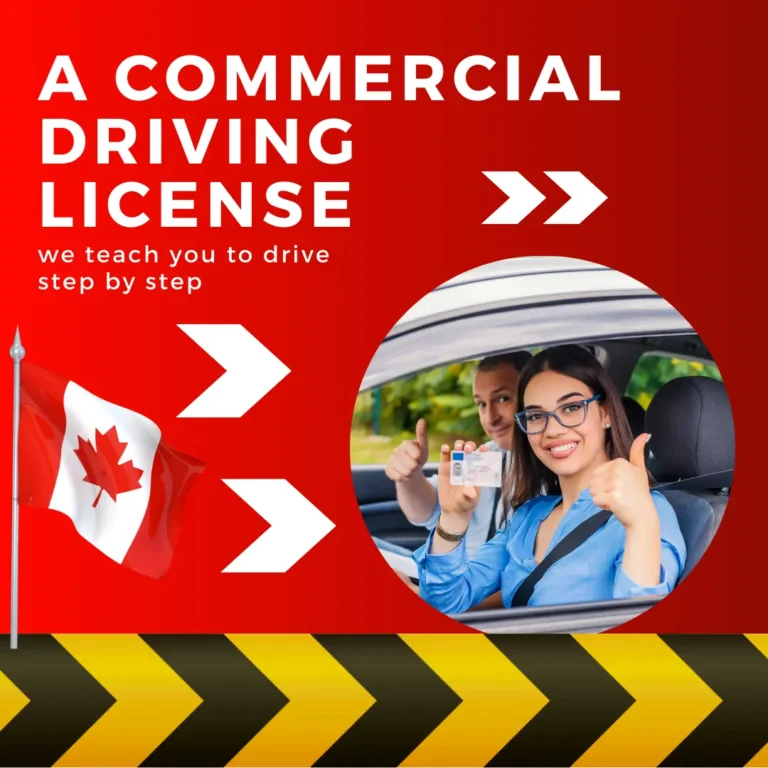True Following Distance Understanding
In the realm of road safety, one fundamental concept often overlooked is the importance of maintaining an appropriate following distance between vehicles. The term “following distance” refers to the space between your vehicle and the one in front of you while driving. Understanding and adhering to the true following distance is a critical aspect of safe driving that can significantly reduce the risk of accidents and ensure a smoother traffic flow.
The True Following Distance Defined:
The true following distance is not merely about adhering to the basic guidelines recommended in driver’s education manuals. It goes beyond the commonly cited rule of maintaining a minimum of one car length for every 10 mph of speed. While this guideline provides a general framework, it’s crucial to recognize that various factors can influence the optimal following distance.
Factors Influencing True Following Distance:
- Speed:
- As your speed increases, the time required to react to sudden changes in the road or traffic conditions also increases. Therefore, at higher speeds, a greater following distance is necessary.
- Road Conditions:
- Adverse weather conditions, such as rain, snow, or ice, can significantly impact the braking distance of a vehicle. Drivers should adjust their following distance to accommodate for reduced traction.
- Vehicle Size:
- Larger vehicles, such as trucks and buses, may require more space to come to a complete stop. Tailoring your following distance based on the size of the vehicle in front is crucial for overall road safety.
- Driver Visibility:
- Poor visibility, whether due to fog, heavy rain, or darkness, demands an extended following distance. This allows drivers more time to perceive and react to potential hazards.
Benefits of True Following Distance
Benefits of Maintaining the True Following Distance:
- Preventing Rear-End Collisions:
- One of the primary advantages of maintaining an appropriate following distance is the reduction in rear-end collisions. Adequate space allows for a safer response in the event of sudden stops or unexpected obstacles.
- Enhanced Reaction Time:
- A proper following distance provides the driver with the necessary time to react to changes in traffic flow, road conditions, or the behavior of the vehicle in front.
- Smooth Traffic Flow:
- Maintaining a consistent following distance contributes to smoother traffic flow. Sudden braking due to inadequate spacing can cause a ripple effect, leading to congestion.

Importance of Minimum Distance
Minimum distance, in various contexts, plays a crucial role in ensuring safety, efficiency, and optimal functioning. In physics and engineering, minimum distance often refers to the closest possible separation between two points or objects. Understanding and calculating this distance is essential for designing structures, machinery, and systems to avoid collisions, interference, or other undesirable outcomes. In everyday life, the concept of minimum distance is also relevant in areas like traffic safety, where maintaining a proper following distance between vehicles is essential to prevent accidents and allow for adequate reaction time. Adhering to minimum distance guidelines contributes significantly to overall safety and order, emphasizing the importance of spatial awareness and responsible behavior.
Moreover, the notion of minimum distance extends beyond physical measurements to encompass interpersonal relationships and emotional well-being. In social contexts, recognizing and respecting personal boundaries establish the minimum distance necessary for comfortable and healthy interactions. Understanding and honoring these boundaries contribute to positive communication, fostering trust and mutual respect. Whether in the physical or emotional realm, the concept of minimum distance serves as a guiding principle for creating harmonious and secure environments.
Looking at the Brake Lights
Seeing the brake lights of a vehicle ahead is a critical aspect of road safety, serving as a visual cue that demands immediate attention and response from drivers. Brake lights communicate crucial information about the actions of the vehicle in front, indicating an impending deceleration or complete stop. This visual signal is particularly crucial during traffic flow, highway driving, or adverse weather conditions, as it provides drivers behind with a prompt indication to adjust their speed and maintain a safe following distance. The ability to perceive and respond to brake lights effectively is a key element of defensive driving, reducing the risk of rear-end collisions and promoting a smoother and more coordinated traffic flow.
In addition to its role in traffic safety, the significance of seeing brake lights extends to communication between drivers on the road. Brake lights serve as a non-verbal form of communication, conveying a driver’s intentions and actions to others in the vicinity. This shared visual language fosters a collective understanding among motorists, enhancing overall road safety and contributing to a more cooperative and predictable driving environment. In essence, the act of seeing brake lights is not just about individual reactions but is a fundamental aspect of the interconnected communication system that underpins safe and efficient traffic navigation.
Noticing Road Conditions
Observing road conditions is a fundamental aspect of responsible and safe driving, as it allows drivers to adapt their behavior to the current environment. The condition of the road surface, weather, and visibility are crucial factors that directly impact the safety and efficiency of travel. In adverse weather conditions such as rain, snow, or ice, being attentive to road conditions is vital, as these elements can reduce traction and increase the likelihood of accidents.
Similarly, changes in road surfaces, such as potholes, uneven terrain, or construction zones, demand careful observation to ensure a smooth and controlled driving experience. By staying vigilant and actively observing road conditions, drivers can make informed decisions, adjust their speed, and anticipate potential hazards, contributing to overall road safety.
Moreover, observing road conditions extends beyond immediate concerns for personal safety. It includes considering the well-being of fellow road users and pedestrians. For instance, being aware of crosswalks, school zones, or areas with heavy pedestrian traffic requires a heightened level of attention. By consistently observing and responding to road conditions, drivers contribute to a safer and more harmonious traffic environment, fostering a collective commitment to responsible road behavior. In essence, the simple act of observing road conditions is a proactive measure that enhances not only individual safety but also the well-being of the broader community of road users.
Tailgater
Dealing with tailgaters on the road requires a combination of patience, assertiveness, and a commitment to maintaining safety. Tailgating, when a vehicle follows too closely behind another, can be a dangerous behavior that increases the risk of accidents. In response to tailgaters, it’s crucial for drivers to avoid aggressive actions and instead focus on proactive measures.
One effective strategy is to maintain a consistent and safe speed, allowing for a comfortable following distance between your vehicle and the one in front. If possible, consider changing lanes to allow the tailgater to pass, promoting smoother traffic flow and reducing tension. However, if changing lanes is not an option or if the tailgating persists, it’s advisable to stay calm, avoid sudden maneuvers, and find a safe opportunity to pull over or take an exit, allowing the aggressive driver to pass safely.
Effective communication is also key in dealing with tailgaters. Utilizing turn signals early and clearly to indicate lane changes or turns can provide a signal to the tailgater about your intentions, potentially reducing their frustration.
If tailgating continues to be a persistent issue, it may be necessary to contact law enforcement and report the aggressive driving behavior, ensuring that appropriate measures are taken to address the situation. Ultimately, responding to tailgaters with a calm and strategic approach prioritizes safety and contributes to a more secure driving environment for all road users.
Following Vehicle on the road
Following other vehicles on the road requires a delicate balance between maintaining a safe distance and staying aware of the surrounding traffic conditions. A fundamental principle of safe driving is to adhere to a proper following distance, typically measured in seconds, to allow sufficient time for reaction in case of sudden stops or changes in traffic flow.
As a rule of thumb, drivers should aim for a minimum of a three-second gap between their vehicle and the one in front under normal driving conditions. This distance should be adjusted based on factors such as speed, road conditions, and weather. By adhering to these guidelines, drivers can enhance overall road safety, minimize the risk of rear-end collisions, and ensure a smoother traffic flow.
While maintaining a safe following distance is crucial, it is equally important to stay aware of the behavior and signals of the vehicle in front. Constantly monitoring brake lights, turn signals, and the overall movement of the leading vehicle allows drivers to anticipate changes in traffic dynamics and respond accordingly.
This proactive approach to following other vehicles promotes a more cooperative and harmonious traffic environment, reducing the likelihood of abrupt maneuvers and contributing to overall road safety. In essence, following other vehicles is not just about physical proximity but also about maintaining a dynamic awareness of the traffic situation for a secure and efficient driving experience.
Pay full attention
Paying attention is the linchpin of safe and effective engagement in various activities, particularly when it comes to tasks that demand focus and awareness. Whether driving, working, or interacting with others, directing one’s attention to the present moment is essential for making informed decisions and preventing errors. In the context of driving, maintaining attention to the road and surroundings is paramount to avoid accidents and navigate safely.
In everyday life, paying attention fosters better communication, understanding, and problem-solving. It is a simple yet powerful practice that enhances productivity, safety, and the quality of interactions, underscoring the importance of being present and fully engaged in the task at hand.
Conclusion
Understanding the true following distance is a key element of responsible and safe driving. By considering various factors such as speed, road conditions, and visibility, drivers can tailor their following distance to the specific context, contributing to a safer and more efficient transportation system. As we navigate the roads, let’s prioritize not just reaching our destinations but doing so with the well-being of ourselves and fellow road users in mind.







